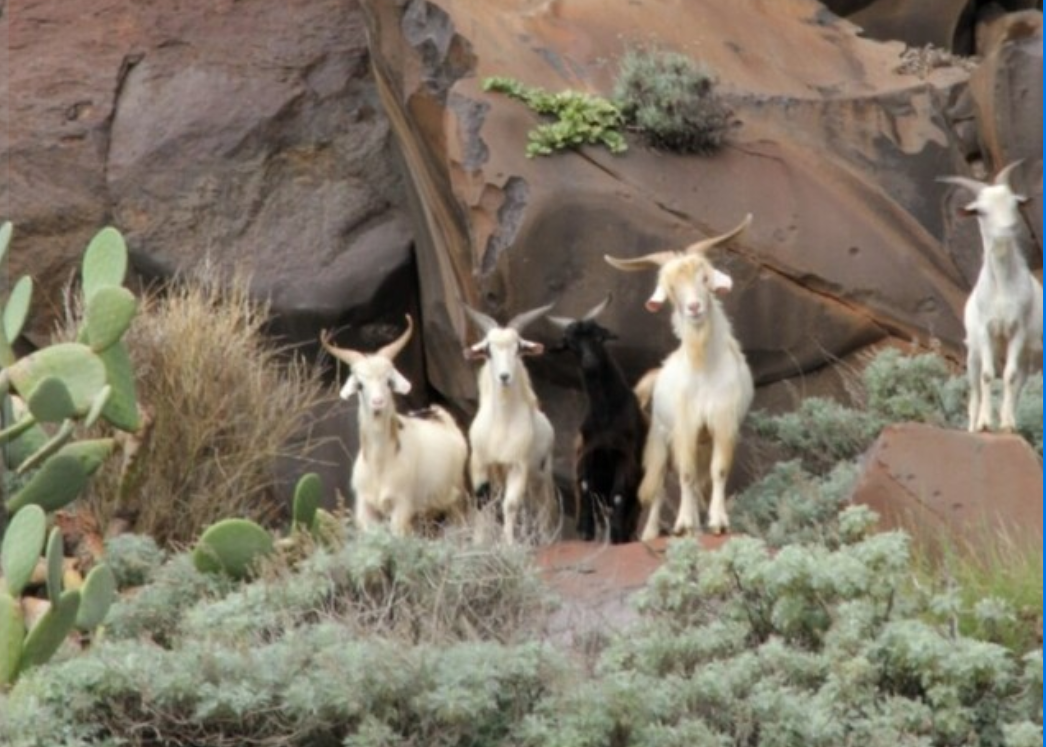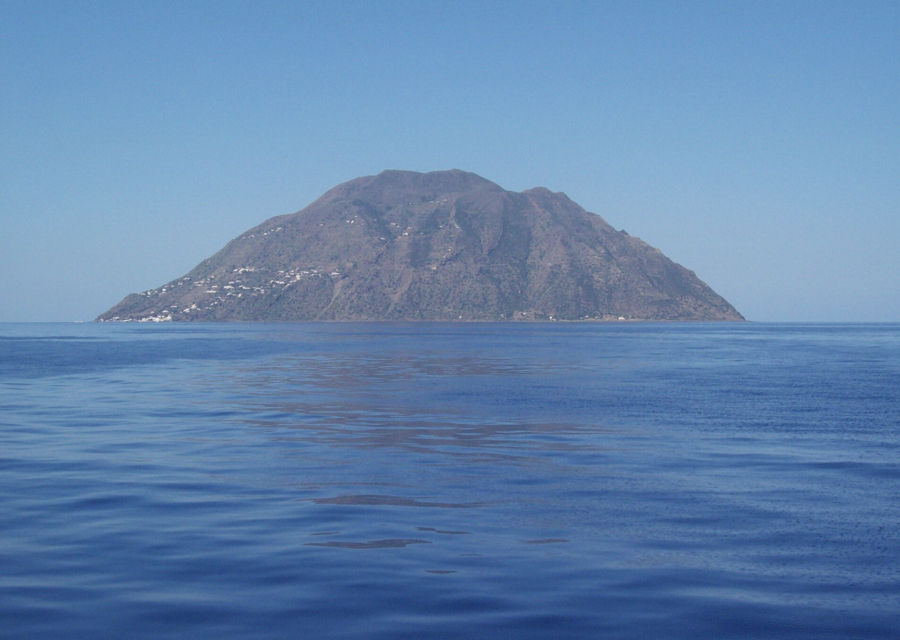One hundred residents in winter, and an estimated six hundred goats: that’s too many.
The Sicilian region announced last month that tiny Alicudi, one of the wildest islands in the Aeolian archipelago and a favorite vacation spot, must get rid of its population of wild goats. Black and white, prancing on the steep slopes of the highest part of the little island, they are picturesque; they are now part of the landscape — but they eat too much and reproduce too fast.
So the regional authorities announced they would give them away. Not to the first comer, but only to “livestock farms”, and only fifty goats for each selected farmer.
But no one in the Aeolian Islands expected requests to pour in from all over the world, including the United States and Nigeria.

“Requests for one thousand nine hundred goats,” clarifies a satisfied Riccardo Gullo, mayor of the municipality of Lipari (the largest island in the archipelago, managing also the other six). “A study of the Region of Sicily, by the managing body of the nature reserve of the island of Alicudi, estimated there are about 600 goats”.
The Regional ordnance promised the “free alienation” of goats “with phenotypes of the Sicilian Girgentana breed and traceable to the Saanen and Dwarf Tibetan breeds,” which will be “assigned to breeders who request them, who will, at their own expense, pick them up at the port of Alicudi.”
Stripped of bureaucratese: come get them and they are yours for free, as long as you bring “appropriate cages suitable for transport in compliance with the conditions provided by law.”
And the selection criteria? “Strictly in chronological order,” explains the mayor: first come first served.
The first goats arrived in the Aeolian Islands some decades ago, brought in for breeding, but the local economy is now focused exclusively on tourism, growing steadily over the years. The islands, a shining handful of volcanoes and former volcanoes in the crystal-clear Sicilian sea, are all being discovered by the world’s visitors who move away from the large and fashionable Lipari, Salina, Stromboli, visiting also Vulcano, Panarea, Alicudi and Filicudi: some come for the beaches; some, the mountaineers, to climb their steep slopes.
Even in Filicudi and Alicudi, the smallest and most remote of the Aeolian Islands – a good two hours or more from the Sicilian mainland, depending on sea conditions – the houses now have electricity. But the streets are still dark and people continue to walk around by torchlight or moonlight. The same happens in Stromboli, most popular with Romans because it is the closest to Naples. But water is no longer pulled up by hand from wells, as it was in the 1980s.

Meanwhile, the goats multiplied. One of the possible solutions according to the plan was culling, “but we ruled it out, I myself disagreed,” Mayor Gallo assures. “After the controversy about the mouflons…” The mouflons, a species of sheep, were on the island of Il Giglio in Tuscany; some of them were culled amid great protests a couple of years ago, some were relocated.
“We are building a fenced area at the port,” says Mayor Gullo. “The goats will be gently caught with fences and bait, in short, using food. They will be visited by the competent veterinary authorities. A period of taming is also planned.”
Animal rights activists from the “Italian Association for the Defense of Animals and the Environment” do not approve and have presented an alternative plan to the relocation, denouncing the risks of trauma and injury to the goats during the capture, holding and transport operations, not to mention the uncertain future awaiting them.
“We will give them only for breeders, as established by the Sicilian Region,” assures the mayor. “Farmers have no immediate interest in slaughtering the poor beasts, they need them for cheese and milk. We wouldn’t risk giving our little goats to other parties. In fact, they will be equipped with ear tags, so it will be easy for us to track them in the future.”

Is it a good deal? “Consider that a goat costs between 150 and 200 euros. 50 goats are 10 thousand euros. If a farmer who wants to increase his herd invests this money to come and get them, instead of buying, even factoring in the trip for perhaps 1,500 kms… In short: I guess if they offered to come, they’ll have done their math”.
Let’s hope that the investment will prompt the selected few to take good care of the goats, which would still certainly prefer the freedom of the Aeolian mountains. Not just those on Alicudi: at 50 goats per breeder, goats for applicants will run out quickly, but there is a population of feral goats on Stromboli as well. “The list will keep” says Gullo, “if the plan will be extended to Stromboli.”












